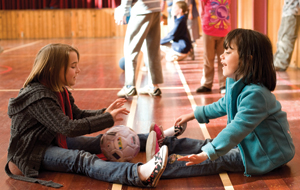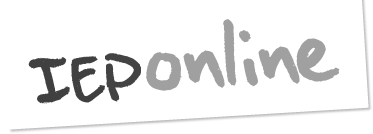What is an IEP, who needs an IEP and when?
What is an IEP?
An IEP is Individual Education Plan, and the IEP process is the ongoing collaborative process where team members develop, implement, and review the IEP.
(See Collaboration - the heart of the matter and The IEP process - building true collaboration)
The table below summarises the key characteristics of an IEP, what it is and what it is not.
Addressing confusion around IEPs
The 2010 literature review reveals that, nationally and internationally, confusion has grown around IEPs and their use. It also records various barriers to effective IEP practices, including schools that:
- neglect to seek input from the student
- pay insufficient attention to their particular goals and aspirations
- overlook or undervalue involving and supporting parents/caregivers, and whānau
- place too much emphasis on creating long, unmanageable IEP documents
- use IEP documents as 'tick box' plans instead of embedding them in everyday practice.
Mitchell et al. (2010), page 18"Teachers [in New Zealand] often viewed IEPs as an administrative task, rather than as a tool to develop more effective instruction and learning."
| An IEP is … | An IEP is not … |
|---|---|
|
|
|
|
|
|
|
|
|
|
|
|
Mitchell et al. (2010) page 22"IEPs suffer from having multiple purposes ascribed to them, the same IEP document frequently being expected to serve educational, legal, planning, accountability, placement, and resource allocation purposes."
What works
The research indicates that the emphasis needs to shift to collaboration and teaching and learning.
Sections of this resource include various strategies for achieving effective practice.
- Collaboration - the heart of the matter
- The IEP process - building true collaboration
- Facilitating collaboration.
Who needs an IEP and when?

The special education needs of many students can be met by class- and school-wide strategies.
Only some students with special education needs require an IEP, and few need one that captures every aspect of their learning.
Use IEPs only when additional teaching strategies are needed to address a student’s particular learning goals.
Before considering these alternative approaches, apply the full range of regular teaching strategies (for example, co-operative learning, experiential learning, buddy systems).
IEPs are necessary only when:
- accurate and up-to-date assessment indicates that optimal teaching and learning require differentiations within the New Zealand Curriculum or Te Marautanga o Aotearoa (see Assessment - what, who, and how)
- barriers to learning have been identified, requiring adaptations to regular teaching strategies or to the school or classroom environment (see Adaptations and differentations…)
- times of transition require extra attention to planning, teaching, and learning.
Transitions
Transitions include times when a student enters school, changes class, changes school, or prepares to leave school. IEPs can be designed specifically for these transitions. When this is the case, they are sometimes called Individual Transition Plans.
Mitchell et al. (2010), page 22"The literature suggests that key components of transition planning are individualised planning, active involvement of student and family members, interagency collaboration, and transition-focused instruction."
IEPs in secondary schools
Research into IEPs in secondary schools has raised questions around their usefulness at this level, especially because of the many teachers involved.
The literature review suggests having a lead teacher who takes responsibility for collecting assessments and other information from all teachers of the student. This suggestion applies across all school settings.
The review also cites recent moves in the United Kingdom to:
- reduce the number of students for whom IEPs are developed
- focus instead on whole-school strategies for meeting special education needs (for example, by adapting regular teaching strategies)
- introduce the idea of “group education plans” for students with similar needs.

